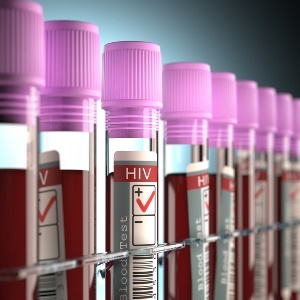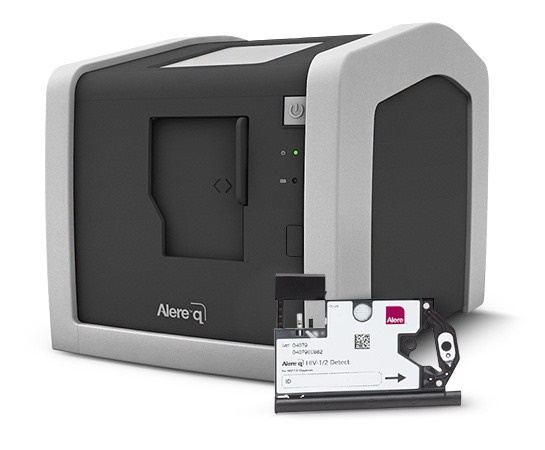
A new testing procedure has recently been given the green light by the World Health Organisation to be made available for public sector procurement.
Strong impact in SA
The Alere™ q HIV-1/2 Detect assay (investigative medicinal procedure) provides next generation virological HIV-1 and HIV-2 results at the point-of-care within 52 minutes. This makes it suited to the challenges of virological testing in infants and adults in resource limited settings.
Point-of-care HIV testing could have a strong impact in South Africa. The country has the highest incidence of HIV in the world with an estimated 6.19 million South Africans infected with the virus, which is equal to 11.2% of the entire population.
Although the situation is improving, in 2011 an estimated 70.4% of maternal deaths and half of deaths in children under the age of five years in SA were associated with HIV infection. Alere™ q HIV-1/2 Detect assay promises rapid detection of HIV in babies.
What the test looks for:
Alere™ q HIV-1/2 Detect is a point of care nucleic acid amplification test for the detection of HIV-1 and HIV-2.
HIV-1
HIV-1 and HIV-2 are two distinct viruses. Worldwide, the predominant virus is HIV-1, and generally when people talk about HIV without specifying the type of virus they are referring to HIV-1.
HIV-2
Although known as relatively “uncommon”, recent research proves that internationally there are a lot more cases of the HIV-2 virus than previously believed and that it is not restricted to West Africa.
It is usually less infectious and progresses more slowly than HIV-1, and while commonly used antiretroviral drugs are active against HIV-2, optimum treatment is poorly understood.
With the WHO’s prequalification, the Alere q HIV-1/2 Detect can be actively deployed by global health organisations in developing countries.
Avi Pelossof, Alere’s Global President of Infectious Disease says that children with HIV are significantly – and tragically – less likely to receive ART compared to adults. He continues by saying, “Now, countries with the highest burden of HIV infection will have broader access to the Alere q HIV-1/2 Detect, which delivers lab-accurate results in 52 minutes. This will empower health workers to diagnose HIV while the mother and newborn are present, and immediately initiate ART if needed – giving these children a fighting chance to survive and thrive.”
Early infant diagnosis is especially critical in South Africa, where an estimated 410,000 children aged 0 to 14 are living with HIV.
The United Nations Children’s’ Fund (UNICEF) estimates that close to 50 000 babies and young children who die of HIV in South Africa every year could be saved through wider coverage with a few high-impact health interventions.
UNICEF says the challenge is to ensure that these interventions reach the children and women who need them most.
Read more:
Giving babies antibodies promptly may eliminate HIV
How South Africans put themselves at risk of HIV
What it's like to be accidentally exposed to HIV




 Publications
Publications
 Partners
Partners












